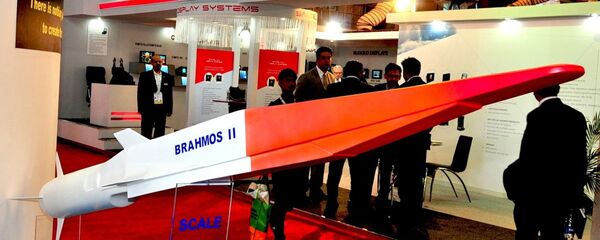Aerodynamic tunnels are commonly used to test the properties of machines prior to full scale production. In the case of aircraft that tend to be big and expensive, small models of new plane designs are positioned in wind tunnels to reveal how the new craft withstand high winds.
In the case of hypersonic planes, a tunnel is required that can simulate an aircraft movement at speeds much faster than the speed of sound. China has now demonstrated their own version.
Now, Chinese CCMF cameras have revealed a glimpse of several machines currently being tested in the hypersonic tunnel.
One futuristic hypersonic aircraft is an arrowhead-shaped glider which observers believe to be a model of the DF-ZF, previously known as WU-14.
China military and tech observers believe the machine to be capable of reaching 10 times the speed of sound, in what would be a serious challenge to current air and missile defense systems.
"The combination of high speed, maneuverability, and relatively low altitude makes them challenging targets for missile defense systems," said a report by the US National Air and Space Intelligence Center released during the summer.
Another study, quoted by the Free Beacon, details that "These weapons appear to operate in regimes of speed and altitude, with maneuverability that could frustrate existing missile defense constructs and weapon capabilities."
While there are numerous artist versions of what the DF-ZF could look like, the CCMF images are the first time China has revealed details of hypersonic planes. The image shows an aircraft model that looks very much like a paper plane, but folded with steel instead of paper.
According to a DeathRattleSports report, a scientist in the video — Jiang Zonglin — never mentions the potential military application of the Hyper Dragon. Instead, Jiang explains that China is developing a commercial aircraft that could connect Beijing to New York in just two hours, seven times faster than today's air travel.
Jiang also details that the JF-12 tunnel conducts its tests every two days, and each test lasts only one-tenth of a second.
However, US officials do not seem to be too concerned about the upcoming challenges.
"Hypersonic technology is concerning to me, but it's really no more concerning to me than any cruise missile technology, any ballistic missile technology," said Air Force General John Hyten, commander of the Strategic Command, in July.
"We have to be prepared to defend ourselves against all those threats. And we have to have a deterrent that is ready to respond in case any of those break out," Hyten added.




